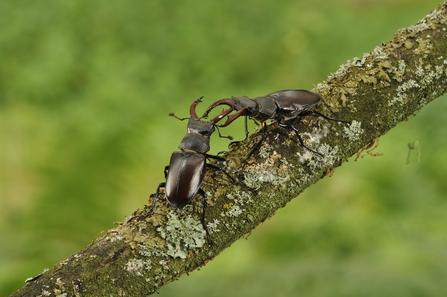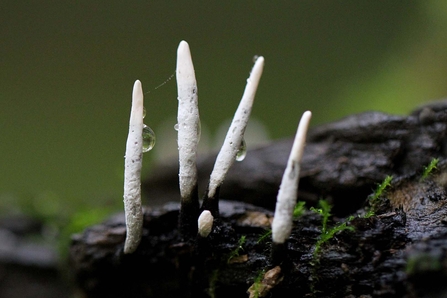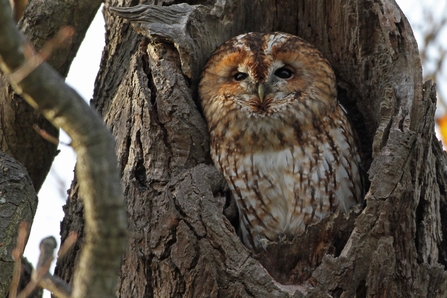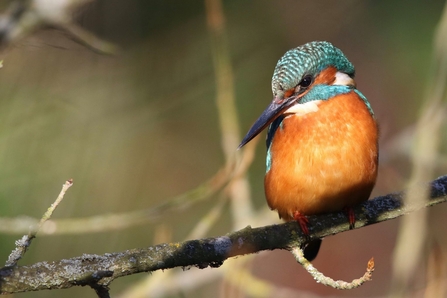Forget haunted houses this Halloween, rot property is where it’s at!
Chloë Edwards, our Director of Nature Recovery is a deadwood enthusiast and advocate. She spends a lot of time marvelling at the life in the various deadwood features she’s installed and retained in her garden. Read on and find out why decaying trunks, rotting stumps, and fallen trees are all in hot demand!
Deadwood is prime real estate and home to a huge variety of wildlife. There’s a fantastic range of properties in our deadwood portfolio, from the high-rise to the sprawling single-storey. These habitats all play an important role in the nutrient cycle, help to lock up carbon, and even improve the stability of our soils. Interested in seeing the particulars? Then let’s go on a viewing and get to know the neighbourhood!





